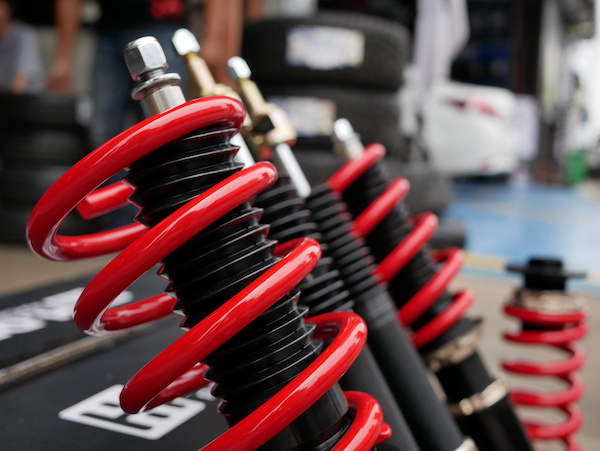
Your Mercedes’s suspension has three main jobs:
- To keep the wheels in contact with the road,
- To cushion the effects of uneven pavement and keep the ride smooth and comfortable,
- To prevent extreme sway as the car negotiates turns.
This work is carried out by shocks or struts or a combination of both. A shock contains a spring and a damper unit and is typically mounted between the axel and the car chassis. When the wheel hits a pothole the spring compresses, absorbing much of the shock. The damper's job is to control the wheel as the spring compresses, then decompresses after passing the bump. Without the damper, the spring could go into a compress-decompress cycle which would feel like the car was bounding down the road.
The struts are dampers that control the car's sway as it turns. When you turn right, for example, the car (and its contents) wants to continue straight. Weight is transferred left and the car sways in that direction. Struts keep the car from swaying too far and from snapping back level too quickly.
A damper is a sealed cylinder filled with oil that contains a rod and a piston. The rod moves in reaction to the car's motion, forcing the oil to pass through the piston. The piston has carefully engineered openings and valves that allow the oil to pass in a very controlled manner.
The problem is shocks and struts wear, but so slowly that it's easy to miss. We're talking about 50,000 to 70,000 miles or more. Watch for these signs:
- The car continues to bounce long after it has passed the original bump,
- On a smooth road, the car bobs slightly up and down a small amount,
- During turns, the car sways more than is comfortable,
- The car's ride is very rough compared to when new.
Any of these signs indicate the suspension needs work. If you need suspension repair on your Mercedes-Benz, we invite you to bring your vehicle into our auto repair shop today.